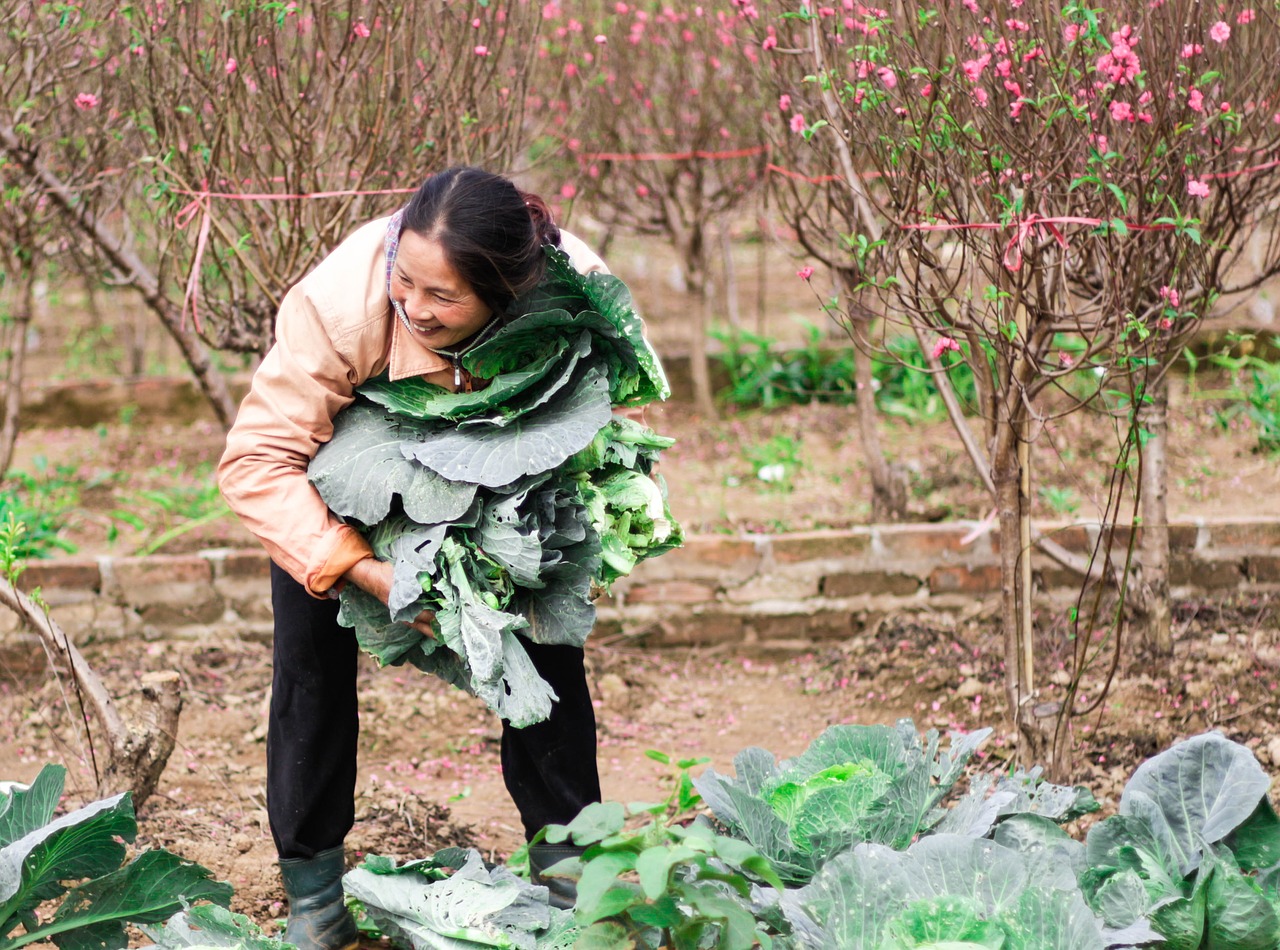Climate Change, Resilience, and the Future of Food
Author: Laura Lengnick | Published: February 3, 2017
The United States food system has proven remarkably adaptable over the last 150 years, producing an abundant supply of food, feed, and fiber crops for national and international markets amidst dynamic social change, and despite dramatic natural resource variability across North America.
The story of American agriculture’s rise to world class status is usually told with technology in the hero’s role. In the typical story, the major “revolutions” in the industrialization of American agriculture came about as the result of one or more technological innovations—such as mechanical harvesters, hybrid corn and more feed-efficient livestock, chemical pesticides and fertilizers, and genetic engineering. As awareness of the current and potential costs of climate change to agriculture and food systems increase, this singular focus on technological solutions continues through widespread enthusiasm for sustainable intensification.
Public investment: The true hero of the story
Rarely acknowledged is the real, underlying reason for the success of industrial agriculture: the continuous intended and unintended investment of public resources to develop, support, promote, and enable the industrial food system. These resources have taken many forms:
- Financial resources such as direct and indirect payments designed to stabilize production, recover from disasters, and reduce environmental harms
- Public financing of the education, research and development programs and institutions that serve the agricultural-industrial complex
- Unintended human resource subsidies as farm families struggle to balance the demands of full-time farming with full-time off-farm work to maintain family well-being in the face of steadily declining farm profitability
- Unintended natural resource subsidies in the form of degraded soil, water, and air quality, biodiversity, and ecosystem services
- Unintended social resource subsidies in the form of degraded health and well-being of rural communities both at home and abroad
Although the costs of industrial food and the benefits of sustainable food systems are widely recognized, and despite new evidence that the global industrial food system is uniquely vulnerable to climate change and other 21st-century challenges, national and international agricultural policy continues to support public investment in an unsustainable global industrial food system.

